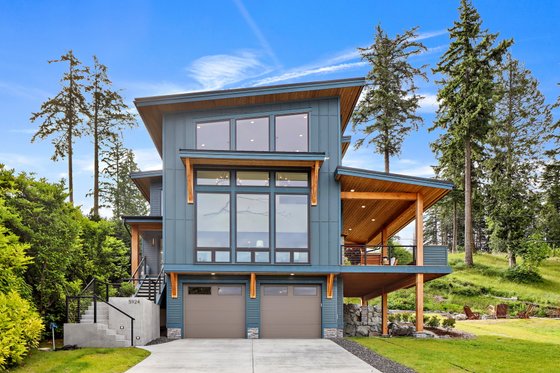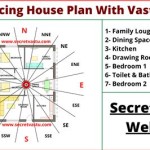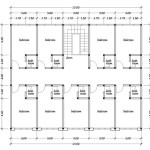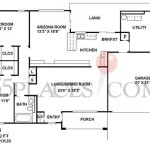Garage Under House Plans: A Comprehensive Guide
Constructing a garage beneath a house is a significant architectural undertaking offering numerous advantages while presenting distinct challenges. This article examines garage under house plans, focusing on key considerations, structural aspects, design variations, and regulatory compliance. This guide is intended for homeowners, builders, and architects contemplating this type of integrated structure. Before undertaking any construction, professional consultation with structural engineers and licensed contractors is highly recommended.
Incorporating a garage within the footprint of a house can optimize land use, particularly in urban environments or on sloped lots where space is limited. The integration also provides direct access to the house, offering convenience and security, especially during inclement weather. Furthermore, an under-house garage can enhance the aesthetic appeal of a property by minimizing the visual impact of a detached garage. However, the complexity of the design and construction process necessitates a thorough understanding of the technical elements involved.
Key Point 1: Structural Considerations
The structural integrity of a house with an under-house garage is paramount. The garage essentially becomes an integral part of the foundation, requiring careful planning and engineering to ensure the stability of the entire structure. Several factors affect the structural design, including soil conditions, the weight of the house, and local seismic activity.
The foundation must be designed to withstand the loads imposed by the house above, as well as the weight of vehicles and the dynamic forces generated by their movement. Typically, reinforced concrete is employed for both the foundation walls and the garage floor, providing the necessary strength and durability. In areas prone to earthquakes, additional reinforcement and seismic bracing may be required to minimize the risk of structural damage.
The garage door opening represents a significant structural challenge. The span across the opening necessitates a strong header beam to support the weight above. Steel beams are commonly used for this purpose, providing superior load-bearing capacity compared to wood. The header beam must be properly sized and installed to prevent sagging or failure, which could compromise the structural integrity of the house.
Specific soil conditions dictate the type of foundation suitable for the project. Expansive soils, which swell and shrink with changes in moisture content, require specialized foundation designs to prevent cracking and settlement. Deep foundations, such as piers or piles, may be necessary in areas with unstable soil or a high water table. A geotechnical investigation is essential to determine the soil properties and inform the foundation design process.
Proper drainage is crucial to prevent water damage and ensure the longevity of the foundation. The garage floor should be sloped slightly towards the door to facilitate water runoff. Perimeter drains should be installed to collect and divert groundwater away from the foundation walls. A waterproofing membrane should be applied to the exterior of the foundation walls to protect against moisture penetration.
Key Point 2: Design and Layout Variations
Garage under house plans offer a variety of design and layout options, depending on the size and shape of the lot, the architectural style of the house, and the homeowner's specific needs. The design can range from a simple single-car garage to a multi-car garage with additional storage space and workshop areas. The entrance to the garage can be located at the front, side, or rear of the house, depending on the site conditions and aesthetic preferences.
One common design is a tuck-under garage, where the garage is partially recessed into the ground, allowing for a level entrance from the street. This design is often used on sloped lots, where the natural topography provides the necessary grade difference. Tuck-under garages can be integrated seamlessly into the overall design of the house, creating a cohesive and visually appealing structure.
Another design variation is a walk-out basement garage, where the garage is located entirely below grade and has direct access to the backyard. This design is suitable for lots with a significant slope, allowing for a level entrance to the garage from the rear of the property. Walk-out basement garages can be used as multi-functional spaces, serving as both a garage and a recreational area.
The interior layout of the garage can be customized to meet the homeowner's specific needs. Ample storage space can be incorporated into the design, with shelving, cabinets, and overhead storage racks providing ample room for tools, equipment, and other items. A workbench can be included for DIY projects and repairs. The garage can also be equipped with electrical outlets, lighting, and heating or cooling systems for added convenience and comfort.
Consideration should be given to the accessibility of the garage. Wide doorways and ramps can be incorporated into the design to accommodate individuals with mobility limitations. Adequate lighting is essential to ensure safe and easy access to the garage, especially at night. The garage door opener should be equipped with safety features, such as automatic reversing sensors, to prevent accidents.
Key Point 3: Regulatory Compliance and Permitting
Constructing a garage under a house requires compliance with local building codes and regulations. Obtaining the necessary permits is essential to ensure that the project meets safety standards and is in accordance with zoning ordinances. The permitting process typically involves submitting detailed architectural plans and engineering drawings to the local building department for review and approval.
Building codes specify minimum requirements for structural integrity, fire safety, and accessibility. The foundation must be designed to withstand the loads imposed by the house and the garage. The garage must be separated from the living areas by fire-resistant walls and ceilings. Proper ventilation is required to prevent the accumulation of hazardous fumes. Accessibility requirements may include ramps, wider doorways, and accessible parking spaces.
Zoning ordinances regulate the use of land and the placement of structures on a property. Setback requirements specify the minimum distance between the garage and the property lines. Height restrictions limit the maximum height of the structure. Parking requirements dictate the number of parking spaces required for the property. Compliance with zoning ordinances is essential to avoid legal issues and ensure that the project is in accordance with local regulations.
The permitting process can be complex and time-consuming. It is advisable to hire a qualified architect or engineer to prepare the necessary plans and drawings and to navigate the permitting process. The architect or engineer can ensure that the plans meet all applicable codes and regulations and can represent the homeowner in discussions with the building department.
Inspections are conducted at various stages of the construction process to ensure that the work is being performed in accordance with the approved plans and building codes. The foundation, framing, electrical, plumbing, and mechanical systems are typically inspected. Any deficiencies must be corrected before the project can be completed and a certificate of occupancy issued.
Furthermore, considerations related to insurance should be addressed. Homeowners should consult with their insurance provider to ensure adequate coverage for the new structure and any potential liabilities associated with its use. In some cases, the addition of a garage may affect the homeowner's insurance premiums.
In conclusion, garage under house plans present a potentially beneficial architectural solution that also involves intricate planning, structural engineering, and a comprehensive understanding of regulatory requirements. Proper execution of such plans can enhance property value and convenience for homeowners. Ignoring the importance of professional consultation and adherence to building codes can lead to costly repairs, structural instability, and legal complications.

Hillside House Plans With Garages Underneath Houseplans Blog Com

Drive Under House Plans With Basement Garage The Designers

Drive Under House Plans

Drive Under House Plans Sater Design Collection

4 Bedroom Contemporary Drive Under Style House Plan 4742

Hillside House Plans With Garages Underneath Houseplans Blog Com

3 Bedroom Split Level House Plan With Drive Under Garage

Carriage House Plans Modern With Drive Thru Bay 062g 0184 At Www Thehouseplan Com

Plan 280000jwd Splendid Contemporary House With Drive Under Garage Plans Modern Style Sloping Lot

Plan 41305 Hillside Modern House With Drive Under Garage








